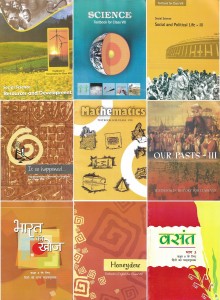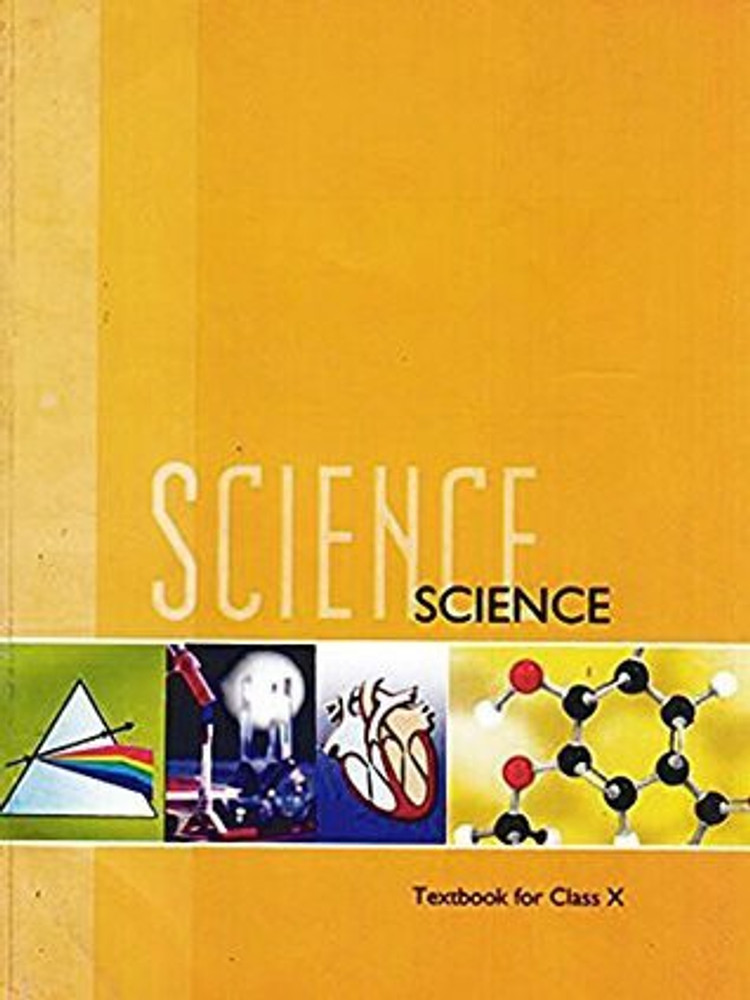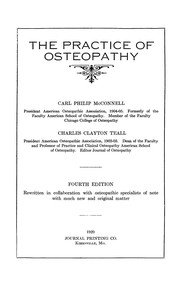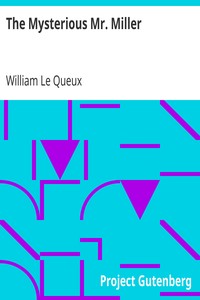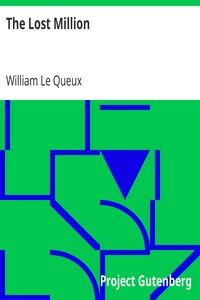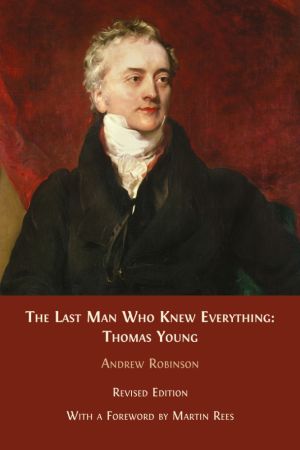Physicists Achieve Record-Breaking Electron Beam Power and Current at SLAC
Researchers at SLAC National Accelerator Laboratory have set a new record by generating the highest-current, highest-peak-power electron beam ever recorded. The beam reached 100 kiloamps in just one quadrillionth of a second, achieved through advanced compression techniques and magnetic field manipulation. This breakthrough could have major implications for chemical research, plasma studies, and high-energy physics. Scientists believe the method could provide deeper insights into energy transfer processes and the nature of empty space. The findings have been published in Physical Review Letters.

A major breakthrough in electron beam technology has been achieved by a team of physicists at SLAC National Accelerator Laboratory in Menlo Park, California. The highest-current and highest-peak-power electron beams ever generated have been reported, with a peak of 100 kiloamps sustained for just one quadrillionth of a second. This advancement, based on compressing electron bunches into extremely short bursts, could open new possibilities in chemical research, plasma studies, and fundamental physics by enhancing energy transfer processes.
Breakthrough in Beam Compression
According to the study published in Physical Review Letters, researchers used a particle accelerator to push high-energy electron beams to speeds approaching 99 percent of the speed of light. To maintain momentum while navigating curved paths within the accelerator, electrons were directed in a way that mimicked a straighter trajectory. This approach allowed energy variations within the electron bunch, known as chirping, which was later manipulated using magnetic fields.
Precision Engineering in Beam Dynamics
As per reports, to achieve extreme beam compression, a millimeter-long electron string was subjected to controlled deflections by magnets. This process caused lower-energy electrons to travel a slightly longer path, allowing higher-energy ones to catch up. The resulting beam was further refined by additional magnetic adjustments, producing an ultra-short pulse measuring just 0.3 micrometers in length.
Implications for Future Research
Scientists suggest that this technique could lead to advancements in high-energy density physics, ultrafast chemistry, and plasma generation. The refined method of electron compression might also contribute to studying the properties of empty space. Future experiments are expected to explore further applications of this high-power electron beam technology.












)
